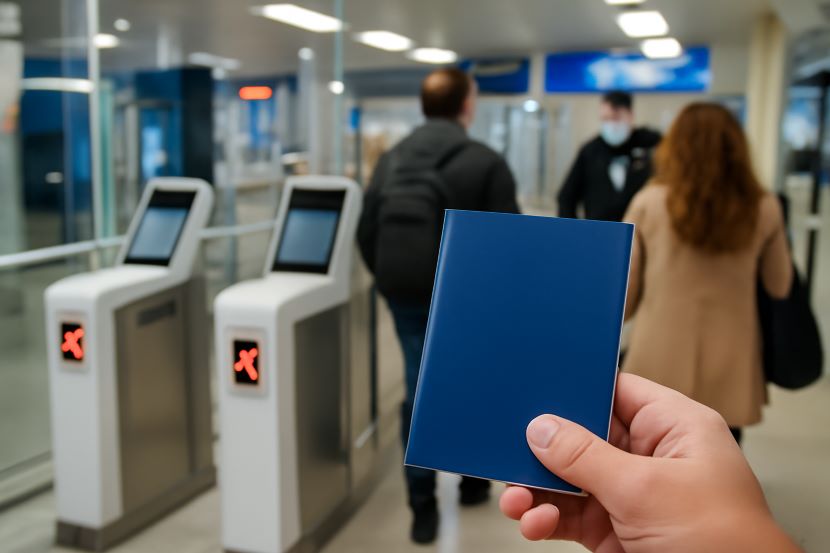Published on
October 25, 2025
For travelers seeking to explore Europe, understanding visa and entry requirements is a crucial first step. Whether it’s savoring fine wines in France, wandering through ancient streets in Italy, or hiking the scenic landscapes of Switzerland, navigating the Schengen Area’s entry rules is essential for a smooth and enjoyable trip. With recent updates to European entry protocols, it’s essential to stay informed about the visa processes and any new systems to ensure a seamless experience when exploring this incredible region.
ETIAS: A New Requirement for Visa-Exempt Travelers
In 2026, a new system called the European Travel Information and Authorisation System (ETIAS) will be introduced, affecting travelers from visa-exempt countries. ETIAS will allow citizens of countries that do not currently require a visa to visit the Schengen Area to apply for travel authorization online before their journey. This system aims to improve border security and streamline entry processes for travelers.
With ETIAS, visitors will need to submit basic personal information, travel plans, and passport details, and the authorization will be valid for multiple visits within a three-year period or until the passport expires, whichever comes first. Although the introduction of ETIAS is a relatively minor change for many travelers, it’s an important step towards enhancing the security and management of Europe’s borders.
Entry/Exit System (EES): Enhanced Border Management
Starting in 2025, the European Union will introduce the Entry/Exit System (EES), which will require biometric data (such as fingerprints and facial images) to be collected from travelers entering or exiting the Schengen Area. The system is designed to enhance border security while improving the efficiency of the entry and exit process for travelers.
This biometric data will help authorities track the entry and exit movements of non-EU travelers and ensure that they comply with the 90/180-day rule, which allows visitors to stay within the Schengen Area for up to 90 days in a 180-day period. While the implementation of the EES may cause minor delays at the border as travelers adjust to the new system, it is expected to offer a more streamlined experience in the long run, with faster processing times at immigration checkpoints.
How the New Systems Improve Travel in Europe
Europe is a continent rich in culture, history, and breathtaking landscapes, making it a top destination for millions of visitors each year. From the architectural wonders of France to the stunning coastal beauty of Greece, there’s no shortage of unforgettable experiences awaiting travelers.
The introduction of ETIAS and the Entry/Exit System (EES) will further enhance the travel experience by improving border management and ensuring the safety and security of all visitors. These systems will not only streamline the entry process but will also help ensure that the Schengen Area remains one of the safest and most accessible regions in the world for tourism and business alike.
Conclusion: Travel Europe with Ease and Confidence
As Europe’s allure continues to captivate travelers worldwide, understanding the updated visa and entry requirements will ensure a smooth and enjoyable trip. With the introduction of ETIAS and the Entry/Exit System, visitors can feel more confident knowing that these measures are in place to enhance both security and convenience. By staying informed about the latest entry requirements and travel protocols, travelers can experience Europe without hassle and make the most of their time in one of the most diverse and dynamic regions on the planet.

